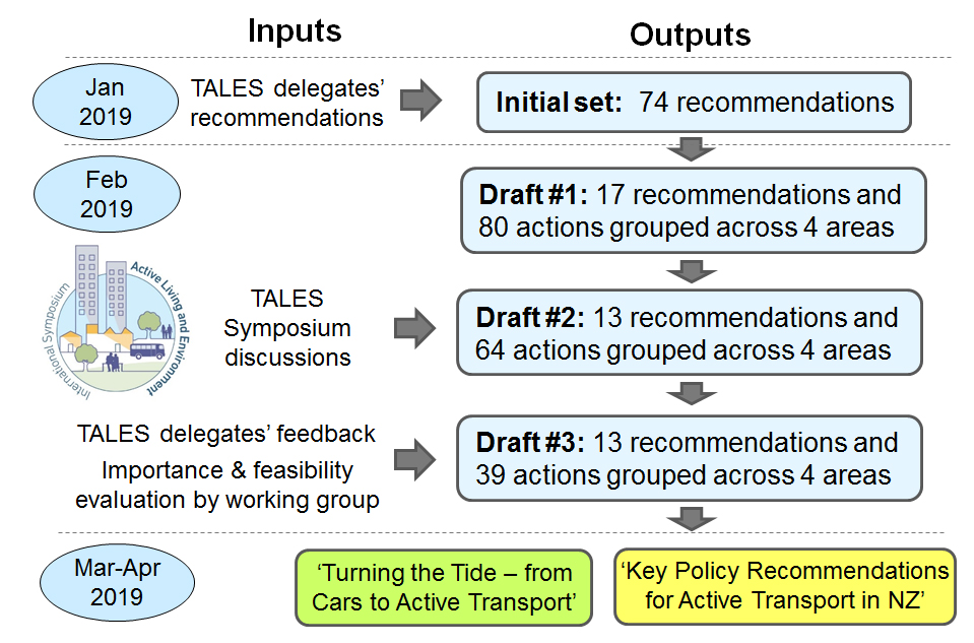Turning the tide to active transport in NZ – key policy recommendations
Where presented / published:
Sandra Mandic, Andrew Jackson, John Lieswyn, Jennifer S Mindell, Enrique García Bengoechea, John C Spence, Kirsten Coppell, Celia Wade-Brown, Ben Wooliscroft, Erica Hinckson. (2020). Development of Key Policy Recommendations for Active Transport in New Zealand: A Multi-Sector and Multidisciplinary Endeavour. Journal of Transport and Health (manuscript JTH 2019 440R2).
Full report: https://www.otago.ac.nz/active-living/otago710135.pdf
Background:
Despite national-level initiatives to encourage active transport (AT) in New Zealand since 2005, rates of AT have continued to decline in most parts of the country, with negative impacts on health and the environment. This article describes the development of key policy recommendations for increasing AT in New Zealand. The goal was to establish a cohesive set of priority recommendations to inform AT decision-making in central and local government, district health boards, public health units and regional sports trusts in New Zealand.
Project description:
This was the first time that national targets for walking and cycling have been set. The development of policy recommendations was a planned outcome of multi-sectoral discussions held at The Active Living and Environment Symposium (TALES; Dunedin, New Zealand; February 2019). A ten-member working group consisting of TALES symposium delegates working in academia, industry and non-governmental organisations led the development of the recommendations. Symposium delegates contributed their expertise to draft recommendations and reports prior to, during and after the symposium. Importance and feasibility of each recommended action were independently evaluated by working group members. The final set of 13 policy recommendations (and 39 associated actions) included: making a national-level commitment to change; establishing a nationally coordinated and funded programme of education and promotion of AT; making a commitment to design cities for people, not cars; and developing a regulatory system that encourages AT. The report aligns with the current New Zealand government’s increased focus on wellbeing, walking, cycling, public transport and the Vision Zero approach. A final report was officially launched in April 2019 with presentations to stakeholders in April–May 2019.
Conclusions:
This cross-sector effort resulted in a report with a set of recommendations designed to stimulate the development of a new AT strategy for New Zealand; prompt setting of targets and monitoring progress/outcomes; and inform New Zealand’s response to the World Health Organisation’s Global Action Plan on Physical Activity 2018–2030.




